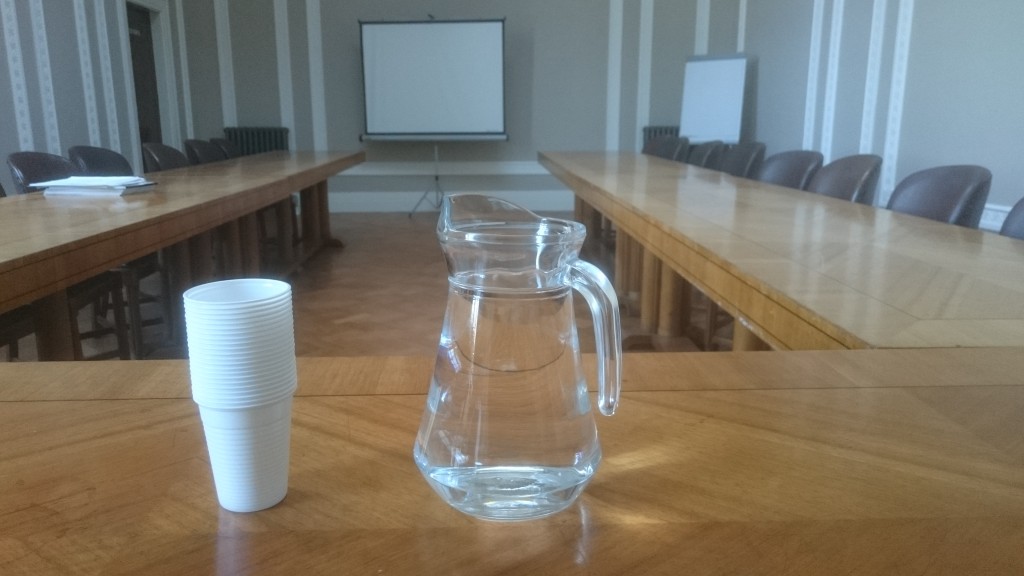 We have made some changes to our scrutiny inquiry process over recent months and, as they have been positively received by scrutiny councillors, I thought I would share. OK, you probably have to be a bit of a scrutiny geek but, if you are, I hope it’s useful.
We have made some changes to our scrutiny inquiry process over recent months and, as they have been positively received by scrutiny councillors, I thought I would share. OK, you probably have to be a bit of a scrutiny geek but, if you are, I hope it’s useful.
Much of what we have changed flows from what we learnt from the Assembly Outreach Team when we visited in July.
Planning
We have replaced our scoping process with a simplified planning stage. This follows the advice we had from the Assembly team that the focus should be on who more than what.
Planning revolves around three questions (again, from the Assembly Team):
- Who do you want to get written evidence from?
- Who do you want to talk to in person?
- Who do you need to reach out to?
Perspectives
Whereas before we employed a more formal research approach, typically looking to ‘triangulate’ between two or more research activities (typically desk based research, surveys and focus groups), we now think about perspectives and reflect this in our evidence gathering.
Lines of inquiry are developed, incorporating initial assumptions and questions, and the process is then about getting different perspectives on those lines of inquiry. This allows the scrutiny councillors to see where people agree with their initial assumptions and any challenges to the ‘official line’.
Our recent inquiry into school governance, for example, sought out the perspectives of council officers, schools, school inspectors, clerks to governing besides and the governors themselves.
Sometimes understanding a perspective means a public evidence session. At other times an informal meeting or attending someone else’s meeting is what’s needed.
Evidence Bytes
Instead of producing minutes or a descriptive story of the evidence collected for the inquiry we capture evidence as separate ‘bytes’. Each byte is a single stand-alone bullet point that can be easily moved around when we are organising the evidence at the end of the inquiry. Each is attributed to an evidence giver or councillor and each is linked to a particular session.
Evidence Summaries
At the end of each evidence session a summary of the evidence bytes is produced and circulated to the evidence givers. As the purpose is to capture a particular perspective rather than to produce a verbatim record it is fine for people to add to or change the summary- it’s their opinion that matters and their confirmation that it is their opinion.
Evidence Pack
At the end of the inquiry all of the evidence summaries are easily collated into an evidence pack.
You can see the evidence pack for the school governance inquiry here.
Coding and Analysis
In order to help organise the evidence for the inquiry we have used QDA Miner Lite to code each of the evidence bytes according to the session, evidence giver and lines of inquiry. You can see the coding in the excel spreadsheet that we have published along with the evidence pack for the school governance inquiry.
The software allows us to output the evidence bytes by line of inquiry in order of session. This makes it very easy to see the story of each thread of the inquiry, where people have agreed and where they have not.
Of course the software can only organise the material. Analysis is still essentially a matter of interpretation and debate.
It is the judgement of scrutiny councillors that ultimately informs conclusions and recommendations – we hope that the improvements to our inquiry process will help to strengthen these judgements.
Leave a Comment